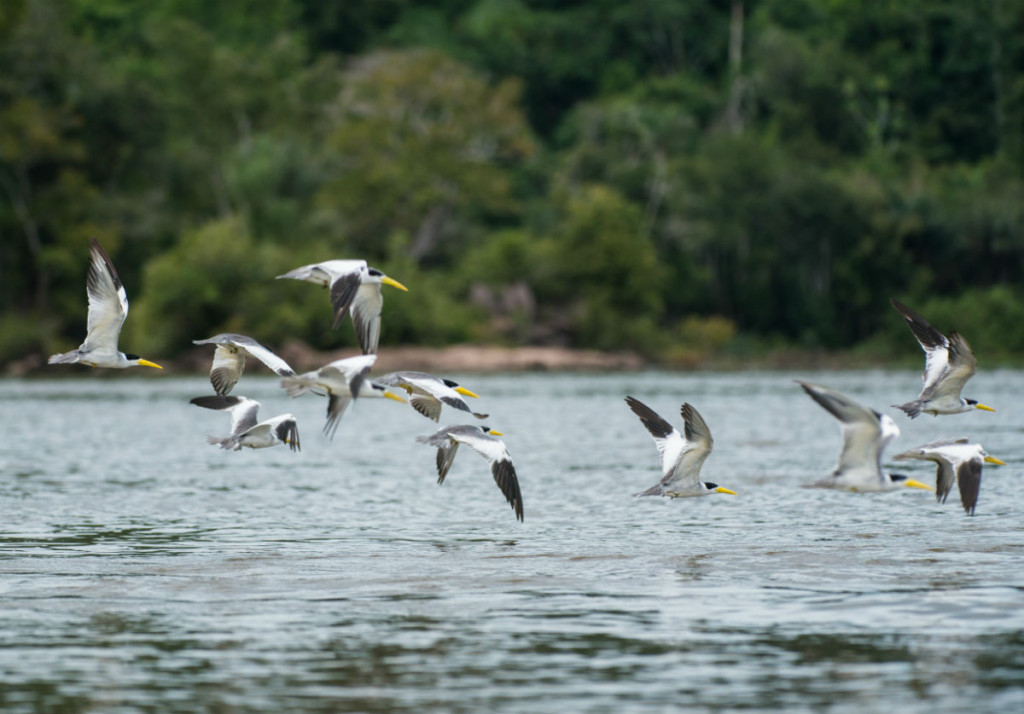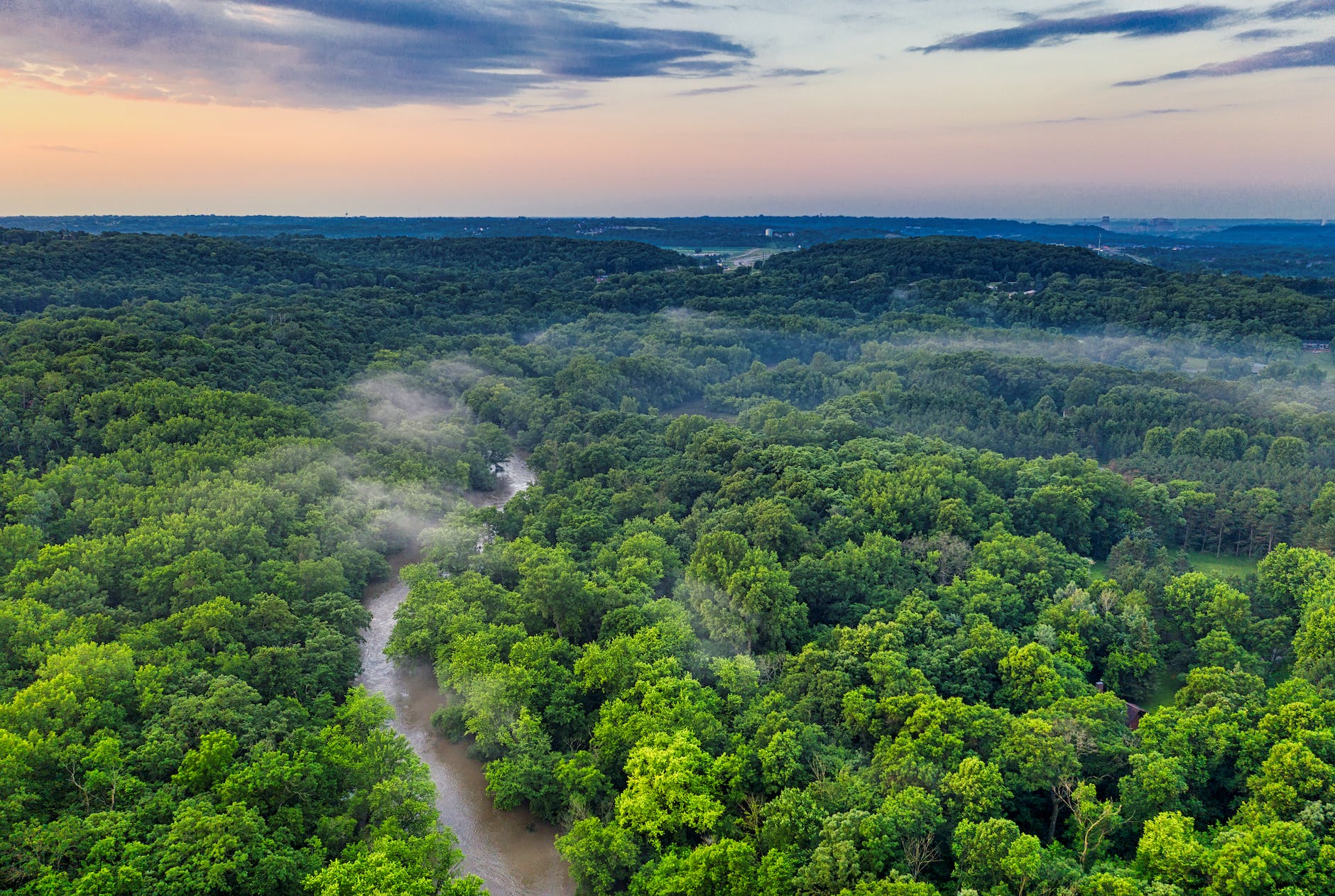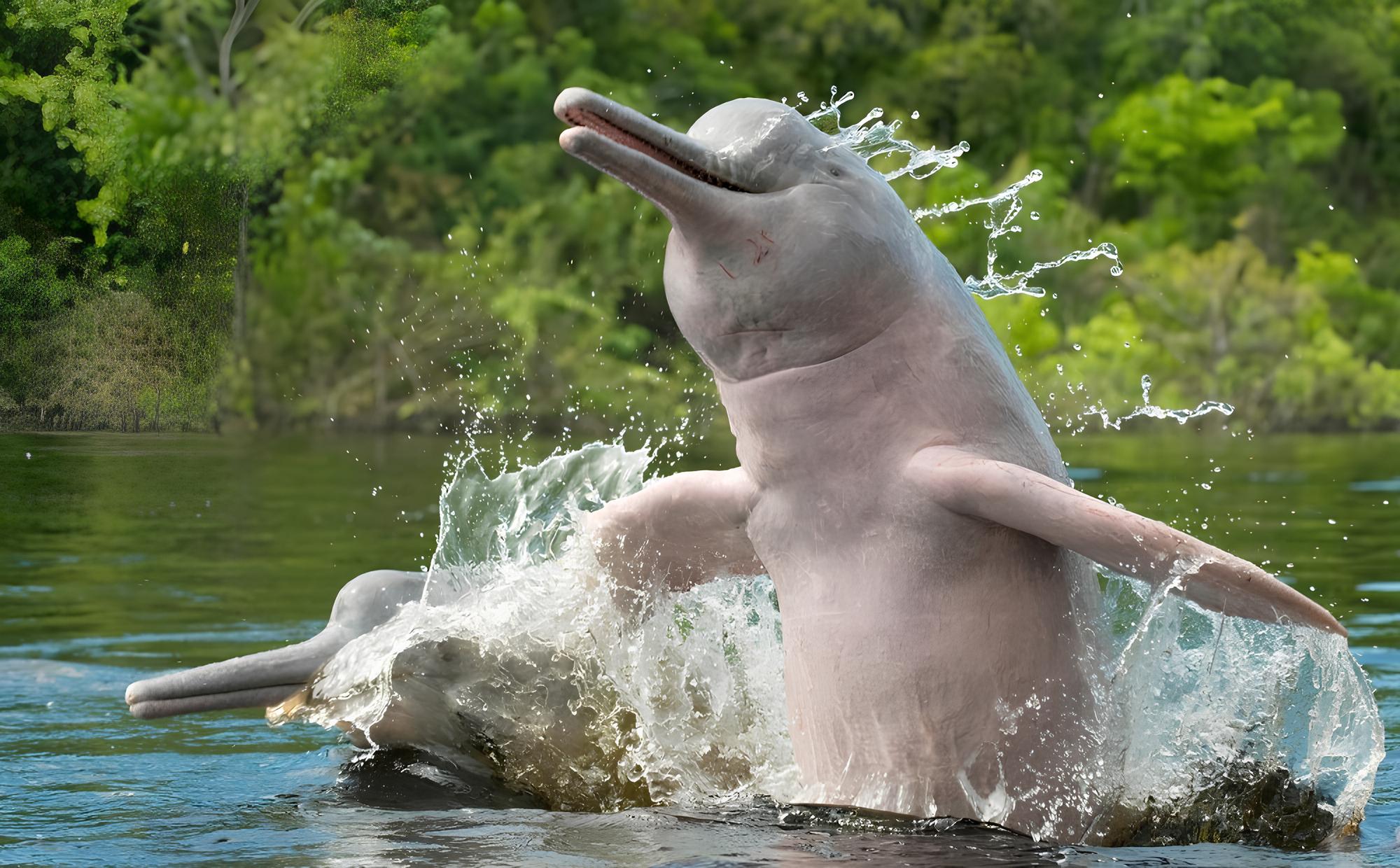
In today's post we will be taken on an incredible journey through the heart of the Amazon, where we will explore the majestic Tapajós River. With a length of 1,900 kilometers, this river has a fascinating history and plays a vital role in the life of the region. Let's discover together the secrets and beauty of this untouched paradise.
The Tapajós River: A Natural Treasure that originates in Mato Grosso
The Tapajós River has its source in the State of Mato Grosso, at the confluence of the Juruena and Teles Pires rivers. Your spectacular journey takes you to the mouth of the Amazon River, located in the State of Pará, in the city of Santarém. This city, in fact, has become a popular tourist destination, thanks to the beautiful beaches on the banks of the river.
Tributary and Tribes

The main tributaries of the Tapajós include the Juruena and Arrepios rivers on the left bank, as well as the São Miguel, Curucum, Crepom and Jamanxim rivers on the right bank. The name “Tapajós” originates from a local tribe that occupies a large part of its floodplain. Furthermore, it is considered a sacred river by the Mundurukus Indians.
The Fauna of Tapajós

The wildlife of the Tapajós River is truly impressive. With 494 cataloged species, including 17% of endemic species that only exist in this region, this river is a sanctuary for biodiversity. The natural beauty and diversity of species make the area one of the richest in fauna in the Amazon.
However, a notable detail is that, even when it flows into the Amazon River, the waters of the Tapajós do not mix with those of the Amazon due to differences in the density, temperature and speed of the waters. This feature creates an impressive visual spectacle, similar to the meeting of the Solimões and Negro Rivers.
The Threat to Nature
Unfortunately, human action has triggered harmful changes in the Tapajós River over the years. The construction of hydroelectric plants, deforestation, the expansion of agricultural frontiers and, mainly, illegal mining have caused significant damage to fauna and destroyed the structures of riverside communities. Furthermore, the irregular occupation of nearby indigenous lands further aggravates the situation.
Tudo isso, somado às mudanças climáticas, tem impactado diretamente os ecossistemas aquáticos e a qualidade da água. A elevação das temperaturas e as alterações nos padrões de chuva têm contribuído para a deterioração da saúde do rio, afetando a reprodução de diversas espécies aquáticas e comprometendo a subsistência das comunidades locais.

Seca Na Amazônia em 2023
One of these threats to nature has intensified, the drying up of rivers. A mixture of climate phenomena, such as El Niño, combined with deforestation and burning caused many rivers to decrease in volume extremely this year. Tapajós is one of them. The river is 38 centimeters below the greatest drought that I had already faced.
This drought brings problems not only for the riverside population, but also for the animals that call it home. The Amazon turtle, for example, lost a large part of the areas they used to lay their eggs on the banks of the Tapajós River. Now, they are having to share space in an area too small for thousands of turtles. Sometimes even millions, according to a Globo report. Another threatened species is the pink dolphin.
O fim da seca em 2024
Após a seca histórica que assolou o Amazonas em 2023, o estado presencia agora o fim desse período crítico, marcado por recordes de baixa nos níveis dos rios. No entanto, mesmo com o término desse evento climático extremo, as consequências persistem, com todas as 62 cidades do Amazonas ainda enfrentando situações de emergência ao iniciar o ano de 2024.
O boletim de estiagem de domingo (31/12/2023) revela que, apesar dos rios retomarem seu curso normal e o Rio Negro atingir a cota de 18,34 metros em Manaus, cerca de 599 mil pessoas continuam sendo afetadas pelos efeitos da seca. A recuperação completa da região ainda enfrenta desafios, destacando a necessidade contínua de apoio e medidas para mitigar os impactos persistentes da seca severa.
A Precious Natural Treasure
Despite the challenges faced, the Tapajós River is, without a doubt, a gift from nature for all Brazilians. Its unique biodiversity and stunning landscapes must be protected and preserved for future generations. The beauty and importance of this river are a constant reminder of the need to conserve and respect the environment. If you are thinking about helping the thousands of people suffering from river drought, we recommend that you visit: Amazon Emergency – Greenpeace Brazil.
In this exciting exploration of the Tapajós River, we understand the urgent need for actions aimed at preserving this natural jewel, not only for the inhabitants of the region, but for the whole of Brazil. After all, the Amazon is the heart of our country, and the Tapajós River is one of its strongest beats.
References
Tapajós River – Wikipedia, the free encyclopedia (wikipedia.org)
Ep. 01 – Tapajós: a brief history of the transformation of a river – YouTube
Ep. 02 – Tapajós: a brief history of the transformation of a river – YouTube
Ep. 03 – Tapajós: a brief history of the transformation of a river – YouTube
TAPAJÓS RIVER: A HISTORY OF EXPLORATION – o Viés magazine (2009-2016) (revistaovies.com)



